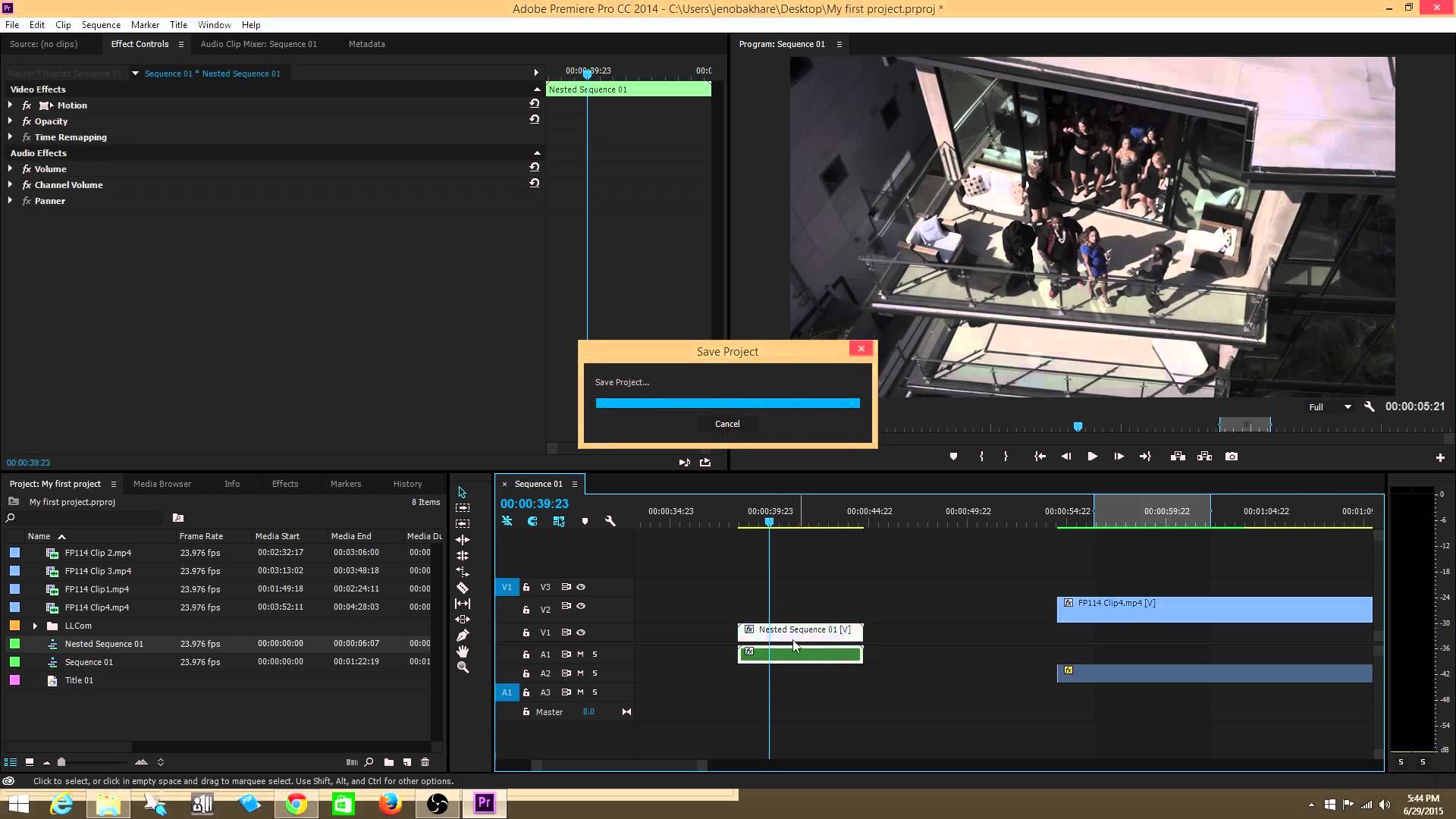
What other methods or tips do you use for stabilising footage in After Effects or Premiere Pro? Or did you give up trying to stabilise in post and just buy a gimbal? Let us know in the comments. But, again, the more tools available, the more options you have, the better your results will ultimately be. It won’t work with everything, and sometimes the Warp Stabiliser does actually do a better job. Or you can simply head over to the effects panel and type warp into the search bar. You can find this listed in the Effects & Presets panel under the Distort tools. The best built-in option for After Effects is the Warp Stabilizer. This type of stabilisation tracking is also generally much much faster. Step 1: Type 'Warp' in Effects & Presets Search Bar.

Hit save, switch back to Premiere, and now you have your newly stabilised footage.Ĭompared to the original clip, and the attempt made by Premiere’s Warp Stabiliser, it’s a vastly superior result. Then simply keyframe the null object to scale up the footage slightly, and move it across the screen over time to match the panning motion of the camera. The next step is to create a Null object, and then parent the footage to it. So, as your camera was moving while recording, you’ll start to see black edges creeping into your composition. As we’ve stabilised the position, After Effects will do its best to keep the tracking markers in the same spot throughout the clip. Now, the result isn’t immediately going to be perfect. Once the tracking is complete, you simply click “Apply” to stabilise your footage. After you’ve chosen which areas to track, you simply click the button to analyze, and away it goes doing its magic through the entire clip.

In this case, that’s some of the piano keys that weren’t being used in the song. You also want to choose parts of your scene that don’t move.

Flat solid colours with no contrast won’t be able to be tracked. You want to make sure you pick good clear markers within the shot with some obvious contrast. Then it’s just a case of picking two points which are static in your scene. Once AE comes up with your footage, turn on the tracker and tell it you want to stabilise motion using position, scale and rotation. First, right click on your footage in the Premiere timeline and choose “Replace With After Effects Composition”. But, when one method does fail, it’s nice to have a backup or two that you can try. But this used to just be “the way”. Like the warp stabiliser, this method is not perfect and doesn’t work for every piece of footage. Since Adobe introduced the warp stabiliser to After Effects and Premiere, the standard motion tracking features are rarely mentioned for stabilisation.


 0 kommentar(er)
0 kommentar(er)
